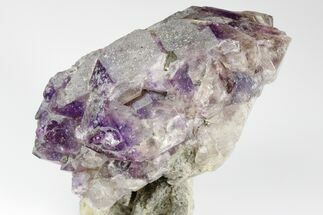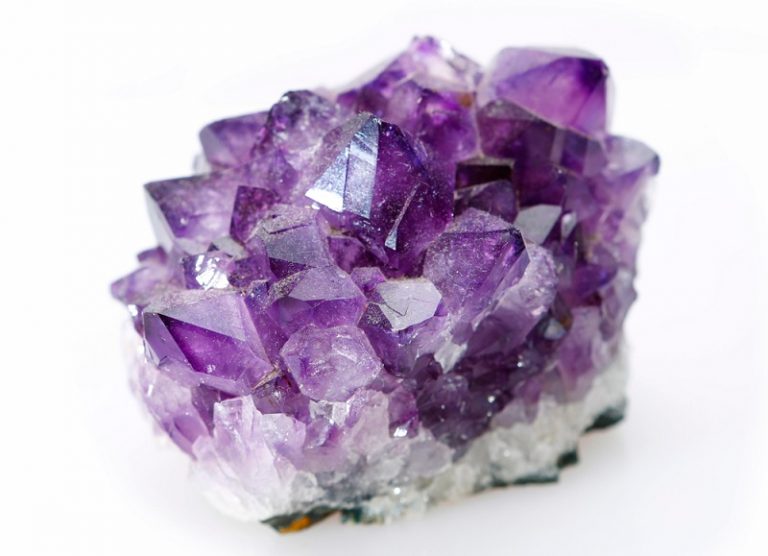

The differences in their appearance are due to various geological processes that influence their growth. Gemstones and crystals take millions of years to form. Before buying jewellery with precious or semi-precious stones, it is worth taking a moment to visualise how the gem beauties are formed in the Earth. And although the healing power of crystals is discussed quite often, considerably less is said about how crystals are born, how they get their colour, what determines their quality and price, and why some rocks are more perfect than others. The colourful world of precious stones is undoubtedly enchanting. The most frequent questions that we have been asked over the years are, for instance, as follows, “Why is this amethyst lighter in colour than that one?” or “The rock in this ring is opaque or it has a crack, is it broken?” and “Why does a large rose quartz cost 2 euros in a crystal shop and a much smaller one in your silver ring 75 euros?” prasiolites.Silver jewellery with gemstones and crystals has been our work and passion for more than eight years. In this video you can see the excavation of various green amethysts, i.e. It occurs where an amethyst-bearing rock unit has been heated by younger lava flows or nearby intrusions.Įxcavation of green amethysts in Canada – Video Another small amount of amethyst is heated by natural processes. The green color is often unstable and can fade to colorless when the stone is exposed to temperatures above about 150 degrees Celsius. This produces prasiolite with a light green color. This heating changes the color of the amethyst from purple to green or yellowish-green.Ī small amount of prasiolite is produced by irradiating natural amethyst. Most prasiolite is made by heating natural amethyst in a laboratory furnace to about 500 degrees Fahrenheit. Prasiolite is a yellow-green to green variety of quartz that is cut into faceted stones used for jewelry or purchased by gem collectors. Green amethyst – the quartz mineral prasiolite Composition of the water determines the coloration.Each of these zones records a time interval in the growth of the crystal, much like the growth rings of a tree. This can result in the crystal having zones of varying color intensity. Later, radiation emitted from minerals in the surrounding rock modifies the iron to produce the purple color. As the composition of the water changes, different amounts of iron are incorporated into the surface of the crystal. Amethyst comes in this wide range of colors.Īmethyst crystals grow slowly and the composition of the water they grow from can change over time. It can be reddish-purple, violet, or purple-violet. The purple color can be so light that it is barely noticeable, or so dark that it is almost opaque. The color of the amethyst – different purpleĪmethyst is an extremely popular gemstone because of its attractive purple color. In addition, the value depends of course on the coloring and the quality. The larger the gemstone the higher the price. The term “druse” is derived from the Old High German and stands for “gland” or “bump”.

Most valuable: transparent, pure, medium to dark purpleĪn open mineral cavity of a certain quartz variety is called an amethyst druse.Online shops for amethysts or healing stone collectors.Most valuable are amethysts in a transparent, pure, medium to dark purple that doesn’t play into blue or red – although flashes of blue or red color are highly sought after in amethysts. There are many different online shops for amethysts and collectors also offer great specimens.


 0 kommentar(er)
0 kommentar(er)
